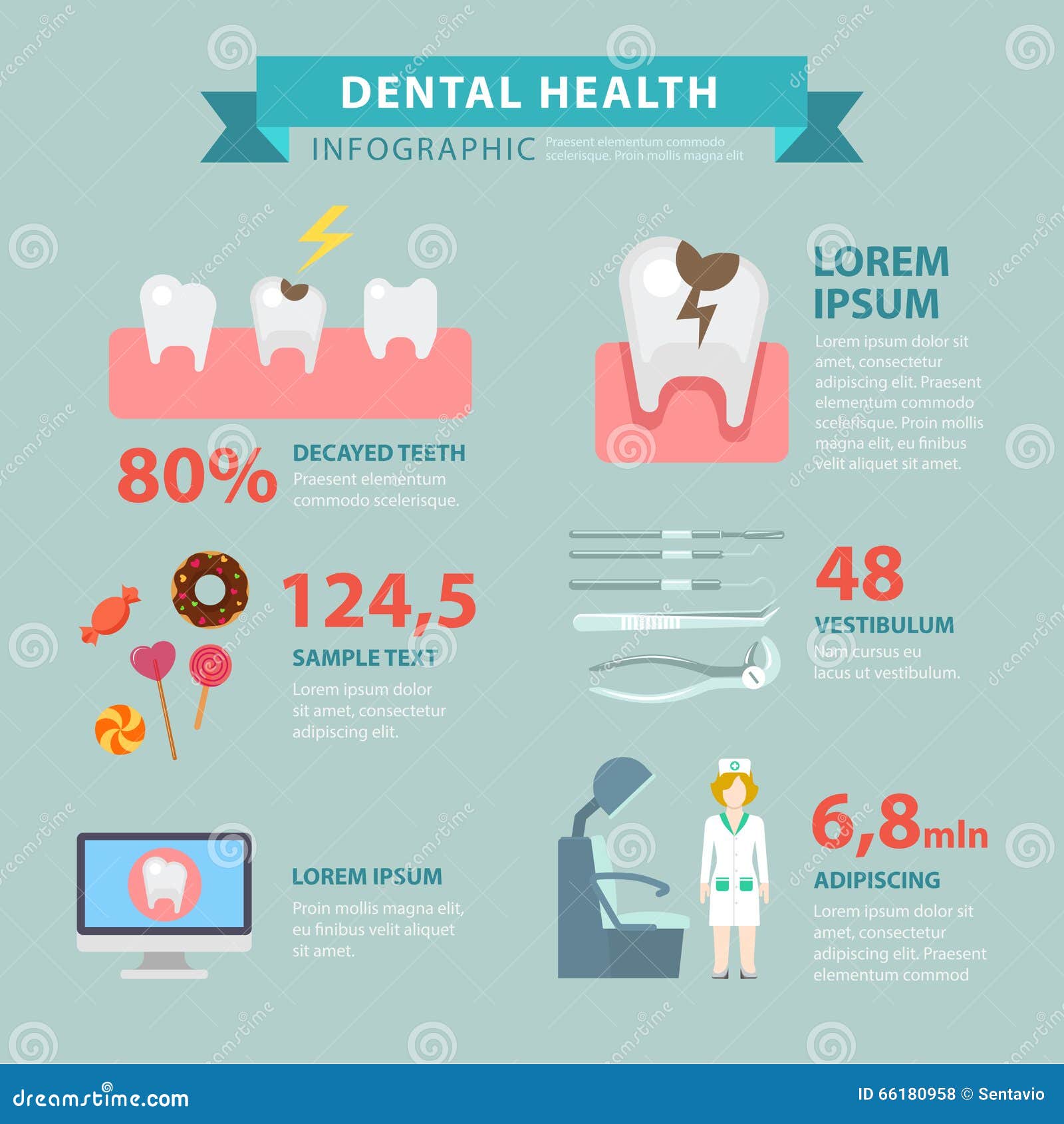Reveal The Transformative Innovations That Are Reshaping Oral Surgery. Delve Into The Future Of This Discipline And Keep A Competitive Edge. Click Now To Get Understanding Into What Exists Ahead
Reveal The Transformative Innovations That Are Reshaping Oral Surgery. Delve Into The Future Of This Discipline And Keep A Competitive Edge. Click Now To Get Understanding Into What Exists Ahead
Blog Article
Short Article By-Jama Browne
Welcome to the world of oral surgery, where technologies and advancements are shaping the future of the area! In this amazing world, you'll witness the transformative power of robotics, the advanced marvel of 3D printing, and the game-changing effect of minimally intrusive strategies.
The future of dental surgery holds a guarantee of precision, effectiveness, and boosted client end results. With the help of advanced robotics, specialists have the ability to execute complicated procedures with higher precision and control.
3D printing modern technology is reinventing the creation of oral implants and prosthetics, using tailored remedies that fit perfectly into each patient's special makeup.
Furthermore, minimally intrusive methods are decreasing post-operative pain and recuperation time, enabling clients to return to their lives faster.
Prepare to discover the interesting developments and developments that are reshaping the landscape of dental surgery!
Developments in Robotics
One major improvement in dental surgery is using robot modern technology, which enables precise and effective procedures. With the help of robotic systems, oral doctors have the capability to execute complicated surgical treatments with boosted precision, reducing the danger of human error.
These robot systems are equipped with advanced imaging technology and specific instruments that allow doctors to navigate with elaborate physiological structures with ease. By utilizing robot technology, specialists can achieve higher medical precision, resulting in enhanced individual results and faster healing times.
Furthermore, making use of robotics in oral surgery enables minimally intrusive procedures, minimizing the injury to bordering cells and promoting faster recovery.
3D Printing in Oral Surgery
To improve the area of dental surgery, you can discover the subtopic of 3D printing in oral surgery. This innovative innovation has the potential to reinvent the means oral specialists run and treat individuals. Here are 4 vital methods which 3D printing is shaping the field:
- ** Personalized Surgical Guides **: 3D printing permits the creation of very exact and patient-specific surgical guides, boosting the precision and effectiveness of treatments.
- ** Implant Prosthetics **: With 3D printing, dental specialists can develop customized dental implant prosthetics that perfectly fit a client's special composition, resulting in much better outcomes and client satisfaction.
- ** Bone Grafting **: 3D printing makes it possible for the manufacturing of patient-specific bone grafts, decreasing the requirement for standard grafting strategies and improving healing and recuperation time.
- ** Education and Training **: 3D printing can be utilized to create reasonable surgical versions for educational functions, allowing oral specialists to practice complex procedures prior to doing them on clients.
With its potential to improve precision, customization, and training, 3D printing is an exciting development in the field of dental surgery.
Minimally Invasive Strategies
To better progress the field of oral surgery, welcome the possibility of minimally invasive methods that can greatly benefit both specialists and individuals alike.
Minimally intrusive strategies are transforming the area by decreasing medical injury, decreasing post-operative pain, and speeding up the recovery procedure. These strategies include making use of smaller lacerations and specialized tools to execute procedures with accuracy and efficiency.
By utilizing innovative imaging modern technology, such as cone light beam computed tomography (CBCT), surgeons can precisely intend and perform surgeries with very little invasiveness.
Furthermore, using lasers in dental surgery enables precise cells cutting and coagulation, leading to decreased bleeding and minimized healing time.
With minimally intrusive strategies, clients can experience much faster recuperation, reduced scarring, and enhanced results, making it a crucial facet of the future of dental surgery.
Conclusion
So, as you can see, the future of oral surgery is unbelievably appealing, with interesting technologies and breakthroughs forming the area.
From https://teethwhiteningwithbraces38383.webbuzzfeed.com/33517861/how-long-do-oral-implants-last-variables-that-affect-long-life in robotics to making use of 3D printing and minimally intrusive strategies, dental doctors are transforming the way they provide care.
While some may worry about the prospective expense related to these developments, it is very important to keep in mind that these innovations inevitably improve patient end results and minimize healing time, making them well worth the financial investment over time.
